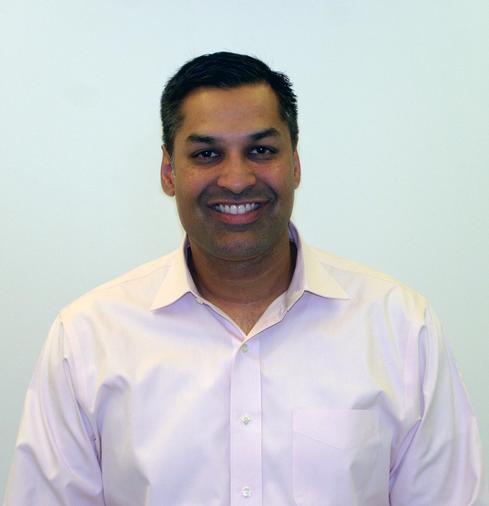10:00 AM
The Mobile Customer of the Future
The approach of many successful startup companies: Think big, start small, scale fast.
The US insurance industry is well over a century old. With its legacy systems, it’s not easy to scale fast. But with its ultra-long-term outlook and cross-generational view, the industry has “thinking big” in its DNA.
Now, in addition to thinking boldly about the future, the industry must learn how to act quickly on trends that are reshaping it. Promising mobile technologies are at the core of this transformation -- not for the sake of being digital alone, but because they are the most effective means to help companies get closer to their customers.
Being truly mobile and close to the customer means a mastery of touch technology, easy-to-navigate user interfaces, and apps. They are inseparable from each other. Mobile is not simply a website on a phone. Insurers must use the features of smartphones and tablets for voice communication, geographic information, and payment. Mobile apps also come with something that financial firms are only now getting comfortable with: communities that comment on the app, the firm, and the firm’s products.
[Learn more about adopting mobile at this year's Interop session BYOD: Why and How IT Should Embrace Mobility.]
Within the context of the customer journey, mobility plays a part in each key stage -- research, awareness, sales, servicing, and relationship management. Our industry needs to be focused on developing tablet and mobile solutions that are accessible to clients. The relationship is aided when we can know our customers well enough to enable us to offer products that might be most suitable for their lifestyles and financial situations. Mobility enables a better client connection in three ways:
 Saras Agarwal, AXA
Saras Agarwal, AXA1. Extending our reach to new platforms where customers themselves prefer to be and meeting the customers’ expectations that they’re going to be able to interact in the channel of their choice, whether it’s a desktop, an iPad or a smartphone.
2. Digitizing the sales cycle, giving our distribution channels more flexibility and tools to address ever-changing client needs.
3. Increasing engagement to generate a greater number of customer interactions and therefore better data, allowing us to anticipate client needs and deliver more personal, relevant, and individualized solutions.
What is essential to remember is that the mobile strategy is an enhancement to, not a replacement for, a customer relationship model. Across our industry, end-to-end solutions are being built that give financial professionals and advisors the tools to be able to interact with clients at the time and place of the client’s choosing. When you can walk through a product on a mobile app, advisors can do their jobs without setting foot in an office, so they can be closer to their customers -- and that customer relationship has always been, and always will be, what our industry is about.
Saras Agarwal, Managing Director, leads Digital and Multichannel for AXA US. He is responsible for managing and advancing AXA US's Digital and Multichannel efforts with the goal of further enabling customer centric experiences and driving additional value for ... View Full Bio



















